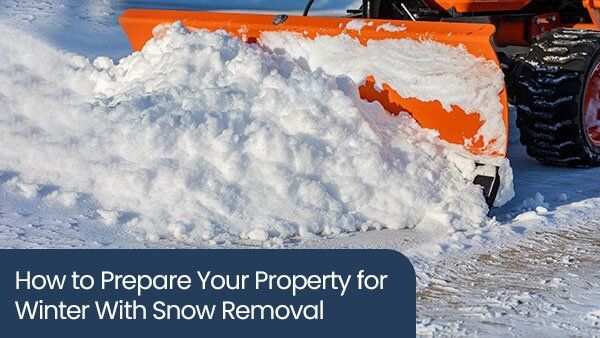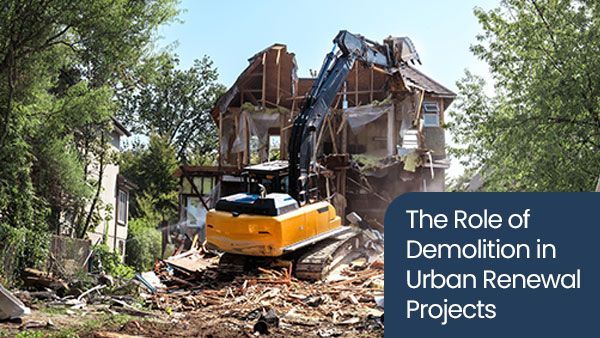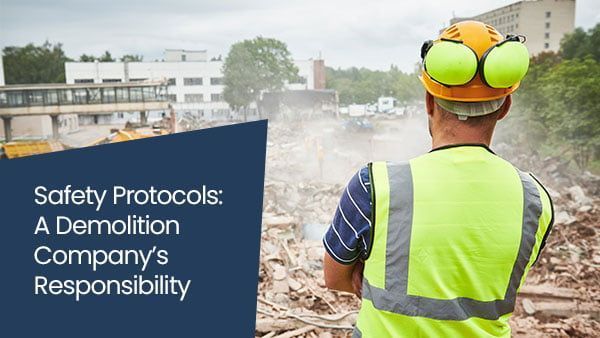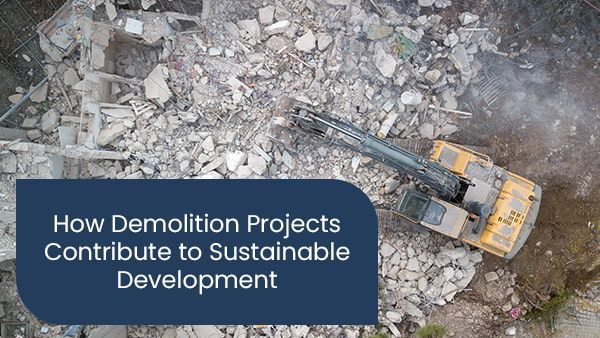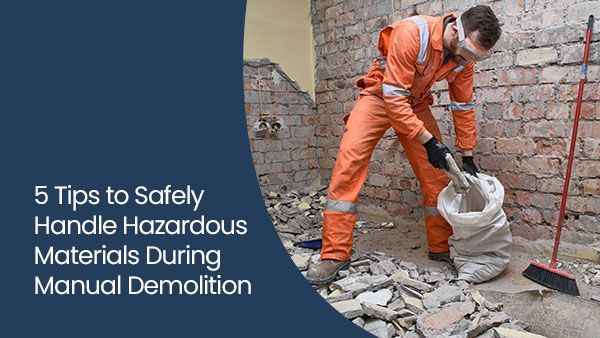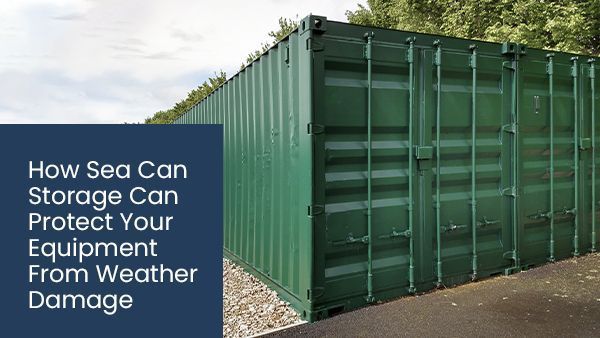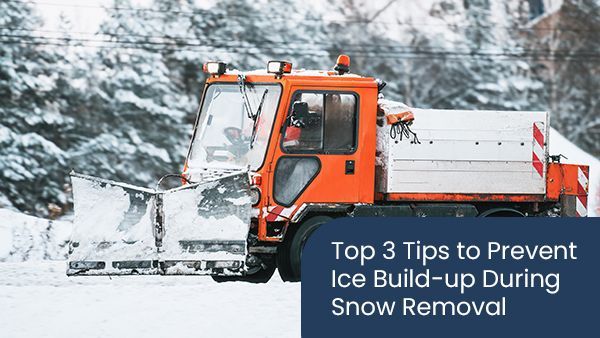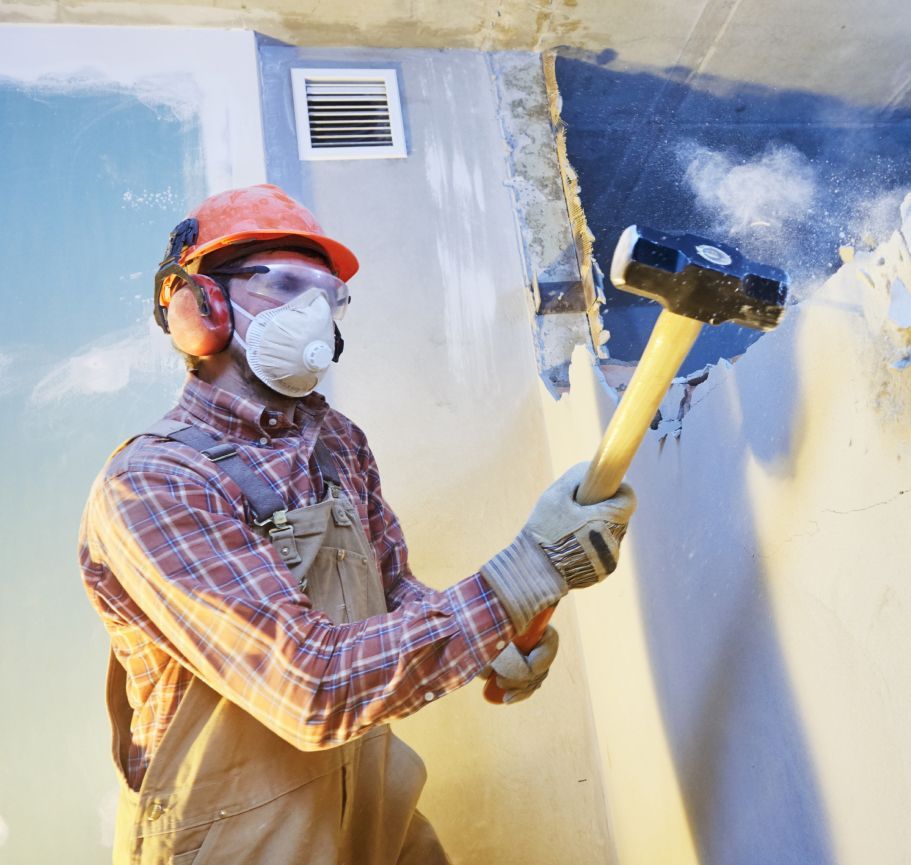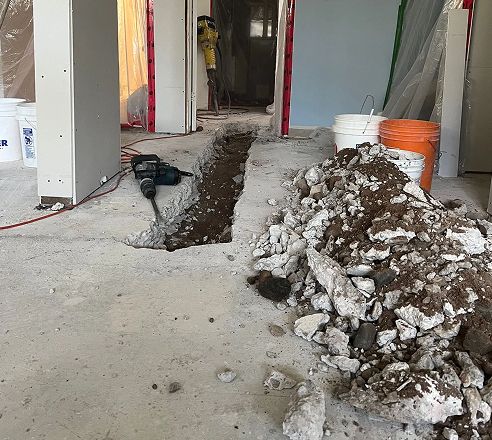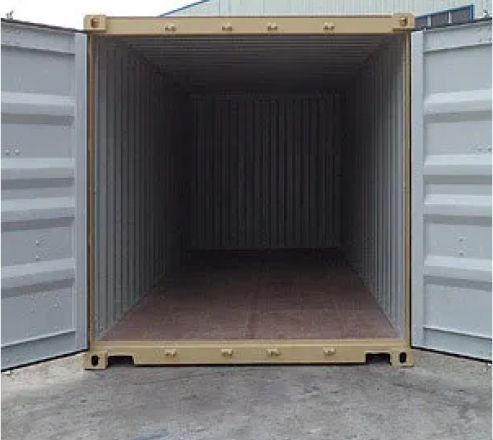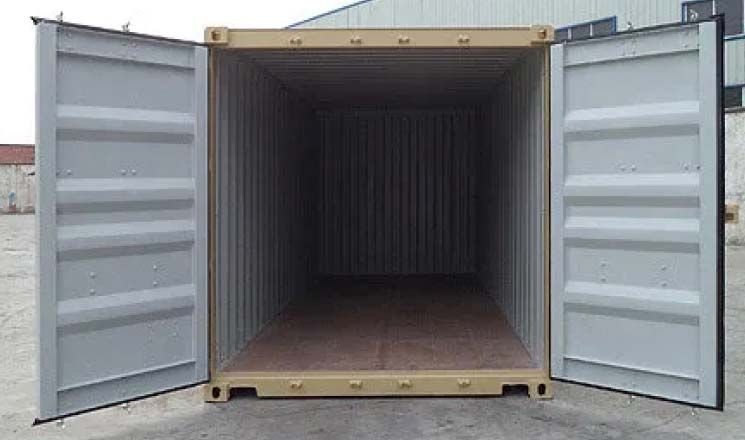Why Asbestos Removal Is a Critical Step in Demolition
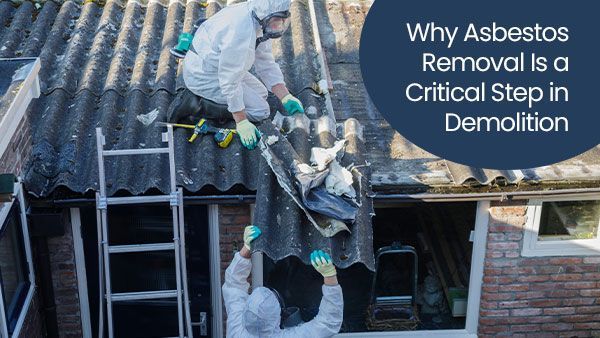
Perhaps no word carries more weight in demolition and renovation than asbestos. Once hailed as a “miracle material” because it is non-flammable and an effective insulator, asbestos was used for decades on everything from ceiling tiles and insulation to pipe wrapping and floor coverings.
However, as soon as the hidden dangers of asbestos exposure became clear, the material quickly moved from being widely used to being strictly controlled. Today, asbestos is known to be one of the most dangerous things you can encounter in older buildings. It is most famously linked to terrible diseases like mesothelioma, lung cancer, and asbestosis.
In demolition, asbestos is especially risky because the displacement of asbestos-containing materials releases microscopic, airborne fibres into the air. These fibres are invisible to the human eye and may remain airborne months after demolition efforts have stopped. They create hazards for workers, neighbours, and even future building occupants unless treated. That is why strict protocols, inspections, and abatement methods are needed before any building demolition involving asbestos occurs.
Key Steps to Ensure Asbestos Safety During Its Removal and Disposal
Following asbestos safety procedures is a critical part of all demolition projects, ensuring proper hazardous material removal and disposal. Let’s go over the main steps that are a part of this process.
Step 1: Inspection and Evaluation
Before any demolition, a licensed asbestos inspector surveys the building to identify materials that are likely to contain asbestos. This inspection, which is legally required, establishes the scope and strategy for safe removal.
Step 2: Planning and Permits
Once asbestos is found, a removal plan is prepared in accordance with provincial and federal safety regulations. The contractor obtains any required permits and notifies the local health and safety authorities. The containment methods, equipment requirements, disposal techniques, and safety precautions are detailed in the plan.
Step 3: Isolation of the Area
The work site is sealed off with plastic sheets and negative air pressure equipment to prevent fibres from migrating outside the controlled zone. All HVAC systems within the area are shut down or sealed off, and warning notices are posted, as only trained and authorized individuals are allowed to enter.
Step 4: Safe Removal and Protective Equipment
Abatement personnel wear full-body suits, respirators, and gloves. The materials are carefully removed, often wetted down to prevent airborne fibres, and handled with specialized tools so as not to agitate them. The aim is to leave the asbestos intact and not release harmful dust.
Step 5: Secure Packaging, Transport, and Disposal
Asbestos waste is double-bagged or put in leak-proof, labelled containers meeting hazardous material removal and transportation regulations. These are then loaded onto secured transport vehicles and taken to approved disposal facilities that can receive asbestos-containing materials. Eventually, the asbestos is deposited in hazardous waste landfills.
Main Reasons Asbestos Removal Is Essential in Demolition
If a building requiring demolition is known to contain asbestos, it is absolutely necessary that all asbestos-containing materials are properly collected and disposed of prior to the actual demolition process beginning.
There are some major reasons why this is so critical, and these mostly relate to the associated demolition health risks of taking down a building containing asbestos. Let’s examine the primary concerns that necessitate asbestos removal and asbestos safety precautions during demolition projects of all types and scales.
1. Health hazards of asbestos exposure
Asbestos is most dangerous when in the air, typically during demolition, renovation, or deterioration of old building materials. The fine, brittle fibres, upon inhalation, can get stuck deep in the lungs and remain there for life. In time, this can progress to life-destroying diseases, such as mesothelioma, asbestosis, and other forms of lung cancer. The risk is exacerbated because the diseases resulting from these exposures can take decades to manifest, making early detection essentially impossible.
Without asbestos safety measures , workers and nearby residents will unknowingly inhale the asbestos fibres when demolition occurs. This requires comprehensive asbestos identification and elimination as a first priority, not only to fulfill guidelines, but also to protect lives now and in the future.
2. Legal and regulatory compliance
Canadian occupational health and safety law imposes clear responsibilities on property owners and contractors regarding asbestos. Before demolition, there should be a comprehensive asbestos survey conducted by professionals. Asbestos should only be stripped away by licensed abatement crews using rigorous procedures if it is found.
These rules exist to prevent unnecessary harm from occurring, but noncompliance can result in massive fines, stop-work orders, legal penalties, and civil liabilities. In addition, noncompliance can permanently damage a company’s image with regulators, customers, and the public.
3. Environmental protection
Asbestos safety is not just about protecting humans; it can also destroy the environment if not treated carefully. During a demolition, when asbestos fibres enter the soil or air, they persist for long periods and distribute themselves to locations outside the original site. Contaminated soil or dust may be dispersed by winds or water runoff into residential neighbourhoods, parks, or ecosystems.
This kind of pollution is expensive to eradicate and hard to reverse. By following proper hazardous material removal techniques and disposing of the materials at facilities specifically cleared to receive them, this guarantees that hazardous fibres do not become an environmental menace long after the demolition is complete.
4. Reducing worker hazards and liability
A safe demolition starts with keeping workers on the ground safe. Asbestos exposure remains among the largest occupational hazards in demolition and construction. When asbestos is not properly identified and handled, workers’ health is more at risk. Their employers can be held accountable, and lawsuits, health claims, and disability cases lasting years all may stem from a single botched project.
By actively managing asbestos through licensed removal and sound worksite practices, employers not only reduce legal and financial risks, but also show their crews that safety is paramount.
Why MOD Demolition Is a Great Choice for Guaranteed Asbestos Safety During Demolition Projects
If you are looking to demolish a building, but you want to ensure that asbestos safety is prioritized, MOD Demolition can ensure proper hazardous material removal, limiting demolition health risks. Our team of demolition experts is backed by years of experience in asbestos abatement, removal, and disposal.
Whether you need to take down a residential property or a commercial one, we have the proper tools, knowledge, and expertise to get the job done right while guaranteeing compliance with laws and regulations pertaining to asbestos removal.
At MOD Demolition , we are equipped to handle both targeted asbestos remediation and full-scale removal. Safety is always our top priority during this process for our workers, nearby residents, and the surrounding environment. This is why we take every possible precaution.
When you entrust your demolition project to us, you can do so with peace of mind, knowing that things will be done properly from the pre-demolition inspection to the final cleanup, leaving you with a completely cleared and asbestos-free property in the end.
For more information about how we ensure asbestos safety during every demolition project, or to learn more about how we minimize demolition safety risks, call MOD Demolition at 249-449-0018 or contact us here.






